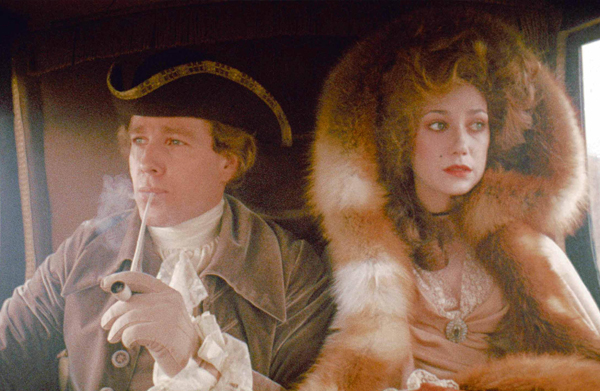
When it comes to discussing the best films directed by Stanley Kubrick, the debate usually centres around the relative merits of 2001: A Space Odyssey, Dr Strangelove, A Clockwork Orange, The Shining, The Killing or Paths Of Glory. Whilst these are all great films, the critical consensus surrounding them is already set in stone.
Naturally, the films that are argued to stand out the most in his filmography are those that are either provocative (A Clockwork Orange), visionary (2001: A Space Odyssey) or revolutionary (Dr Strangelove). Nevertheless, if we are to look at a Stanley Kubrick film as a completely self-contained whole of artistic genius, than few films can be said to so expertly sum up this approach to life and cinematic technique than Barry Lyndon.
Unfairly maligned upon its release, having been called ‘boring’ or ‘slow’ by the popular critics of the day, Barry Lyndon has still yet to receive the critical acclaim that is given to some of his more bombastic films. This is a shame.
Not only is it one of Stanley Kubrick’s best films, Barry Lyndon works as one of the greatest pairings of director and source material of all time. When looking at the rest of Kubrick’s filmography, his choice of following up A Clockwork Orange by adapting The Luck Of Barry Lyndon by William Makepeace Thackeray can initially be seen as a strange one.
After a brilliant contemporary satire, why move towards an 18th century novel? Yet the excess and spectacle that was celebrated in A Clockwork Orange gave way in Barry Lyndon to a much more piercing insight into the human condition. In its restrained way of using style to dictate the way in which one watches the movie, it can actually be seen as the most Kubrickian of all his movies. Here are seven reasons why it is his underrated masterpiece.
Spoilers follow.
1. Its Use Of Natural Lighting

Perhaps no other director is quite as obsessed with getting the perfect shot as Stanley Kubrick. For Barry Lyndon, Kubrick went one step further than any other director had ever gone before. He bought three Carl Zeiss Planar 50mm lenses, which had been hitherto used by NASA to shoot the dark side of the moon. Only ten of these lenses have ever been made.
Kubrick saw this as the only way to commit to the 18th century setting. He sought to imitate the look of the paintings of the time, which depicted the myriad ways light enters a frame with infinite detail. Thanks to these cameras he could achieve a sense of precision rarely seen in film.
By only using candlelight, Kubrick reached a depth of composition that has never been been matched before or since in its extraordinary beauty. This required multiple experiments with candles to achieve the right amount of light, a level of obsession that only an auteur like Kubrick would indulge in. Additionally, when artificial lighting had to be used for an inside scene, it was usually projected from outside of the building, giving the scene a haunting quality.
Very few films look half-decent in natural light — they are usually low-budget independent films. Yet, as Kubrick obtained these special lenses, and had the patience to set the scene up with candles, he truly discovered a unique way of presenting a scene.
2. It Contains Ryan O’Neal’s Best Performance
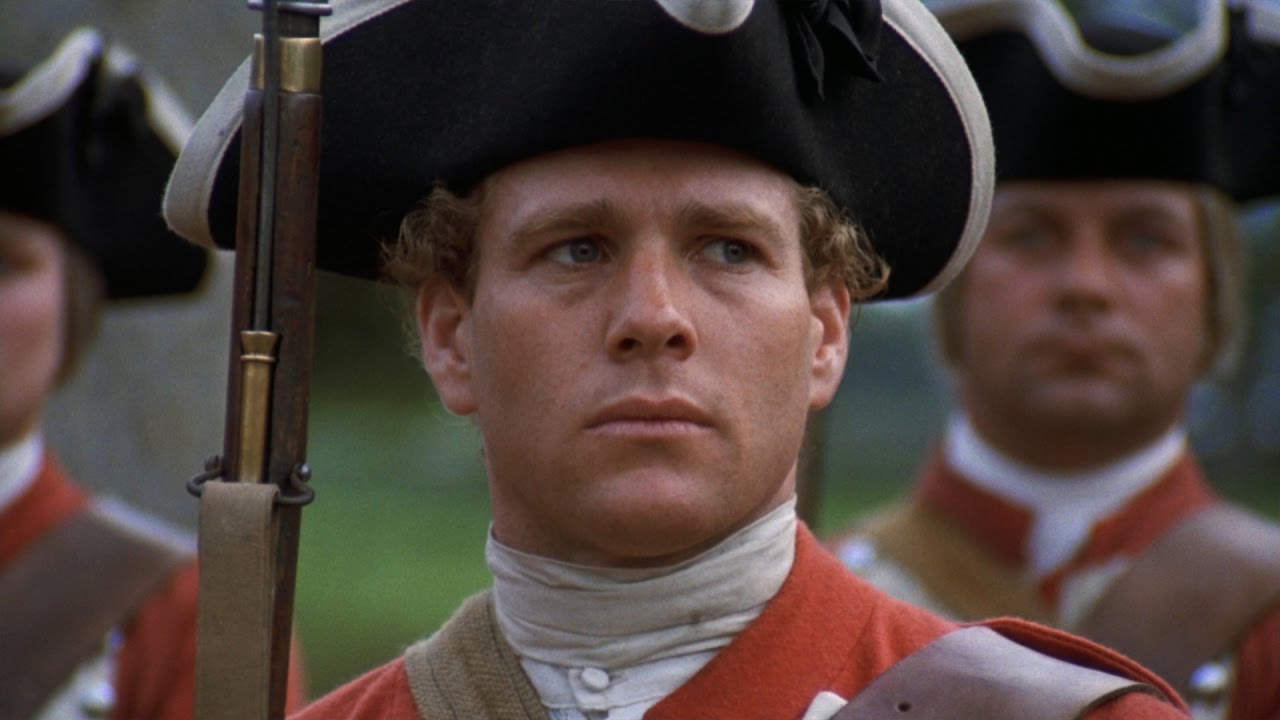
Ryan O’Neal may be best known for his excellent performance in the 1970 tearjerker Love Story, which saw him play opposite Ali McGraw in a tale of brilliant emotional power. And cult film fans may point towards his portrayal of a nameless getaway driver in The Driver as his finest moment.
Yet it is in Barry Lyndon that O’Neal’s acting strengths come to the fore. The material a perfect suit for his passive screen presence. It is a performance that doesn’t so much call for acting as for reacting, becoming the ultimate conduit for the picaresque tale.
Redmond Barry is a character of small gestures, made all the more resonant by Kubrick’s cold and hypnotic choice of camerawork. He goes through much suffering in his life, from losing his fortune, to losing his wife, to losing his son. Yet oddly, apart from his son, none of this seems to impact much upon his mental psyche. As a result, this makes him one of the most strangely compelling characters in Kubrick’s oeuvre.
It takes a remarkable actor to be totally in sync with a director like Kubrick’s highly-specific vision for a movie. An actor who never quite got the success that he was due, the underrated Ryan O’Neal turns in his greatest performance here.
3. The excellent supporting cast
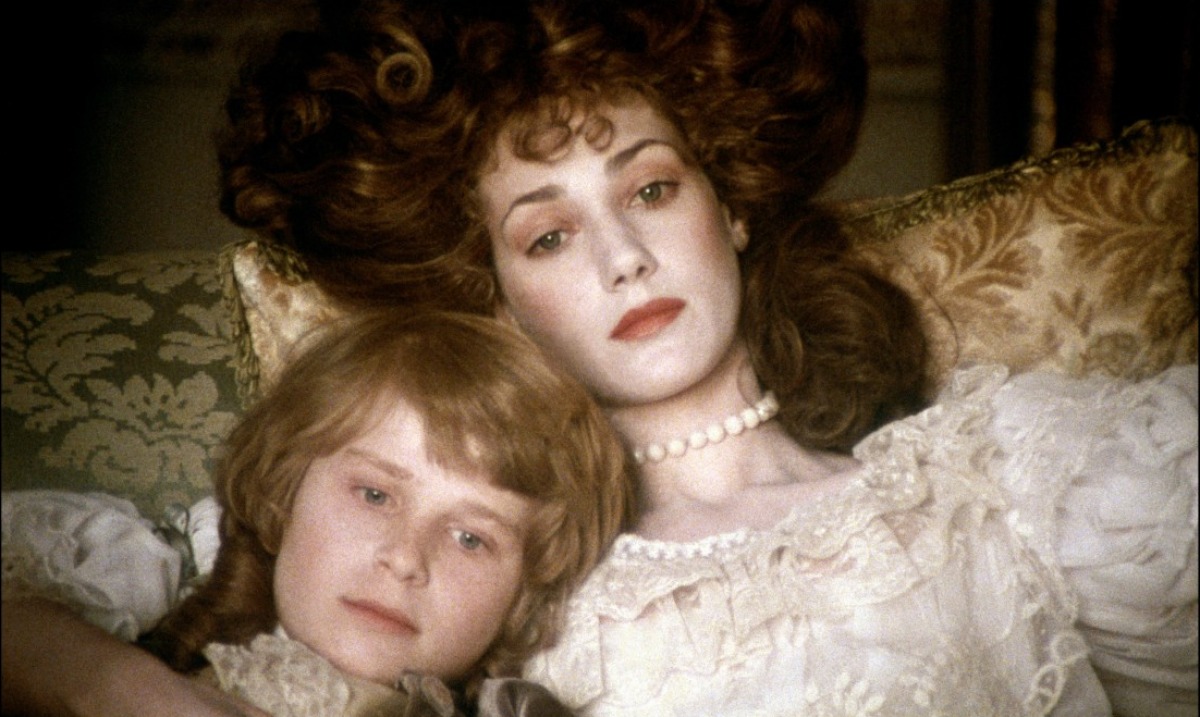
It is not only Ryan O’Neal who makes this film an extraordinary experience. All across the board, the casting choices in this film are perfect. In keeping with his desire to make a movie that was like the portraiture of the times, Kubrick was more obsessed with fascinating faces than outlandish performances.
As Barry’s wife Lady Lyndon, Marisa Berenson — who previously worked as a model — plays a woman of extremely high beauty and elegance. To prepare for the role she lived in the wing of an Irish castle, and was told to keep out of the sun, the effect of which shows in the final product. Her seemingly cold performance opposite of Ryan O’Neal helps to bring the film’s central theme of unshakeable fate into focus.
In addition, the other supporting characters were played more by established character actors than bona-fide movie stars, helping to bring home the concept of authenticity. Whether its Leonard Rossiter as the uppity suitor of Barry’s cousin, the famed theatre actor Arthur O’Sullivan as the highwayman Captain Feeney, or Patrick Magee as the notorious card cheat Chevalier du Balibari, these actors all engage in some stellar work to make Barry Lyndon the greatest of all period-piece adaptations.
4. The innovative use of voiceover
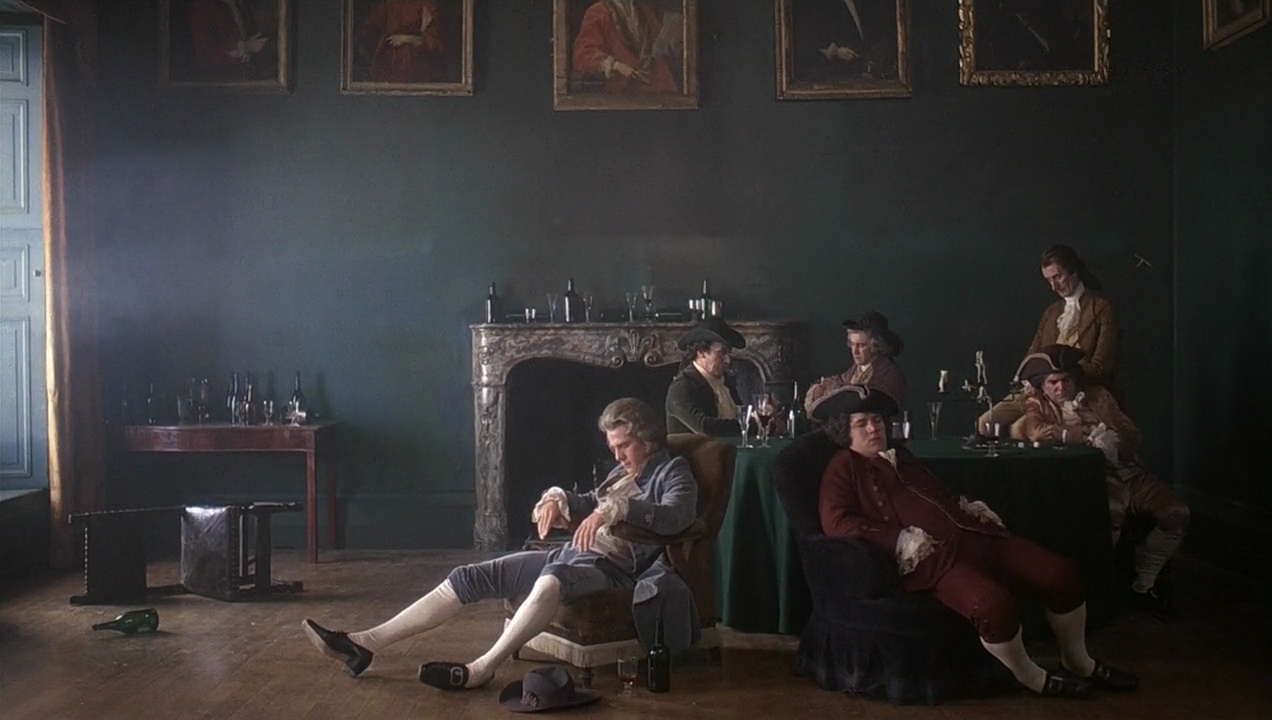
Changing the subjective narration of the novel to an omniscient narrator instead, Kubrick hired the Shakespearean actor Michael Hordern to give a pithy account of what happens to the characters, either recapping what happens on screen, or to link chapters together.
His voice, distant and remote, as if reciting the news on the radio, helps to establish Barry Lyndon’s dispassionate tone. The role the narration serves is twofold. First and foremost, given the giant size of the novel, the narration is used to condense the action and to translate the text into a cinematic and digestible form.
Yet the second role, and one of the cleverest tricks Stanley Kubrick ever pulled, was using the narrator to tell us the events of the movie before they even happened, sometimes thirty or forty minutes in advance. This technique destroyed any suspenseful element of the movie. Yet there is a certain genius behind this method.
Kubrick did not want the viewer to be surprised by what happened. Instead by knowing what is going to happen, the viewer is left wondering how it is going to happen. This is so Kubrick can bring the viewer’s attention towards the minutiae of detail on offer rather than being swept up by the plot. This also helps to highlight the fatalism at the film’s core. It was a bold move that paid off immensely.
5. The timeless yet subversive picaresque story
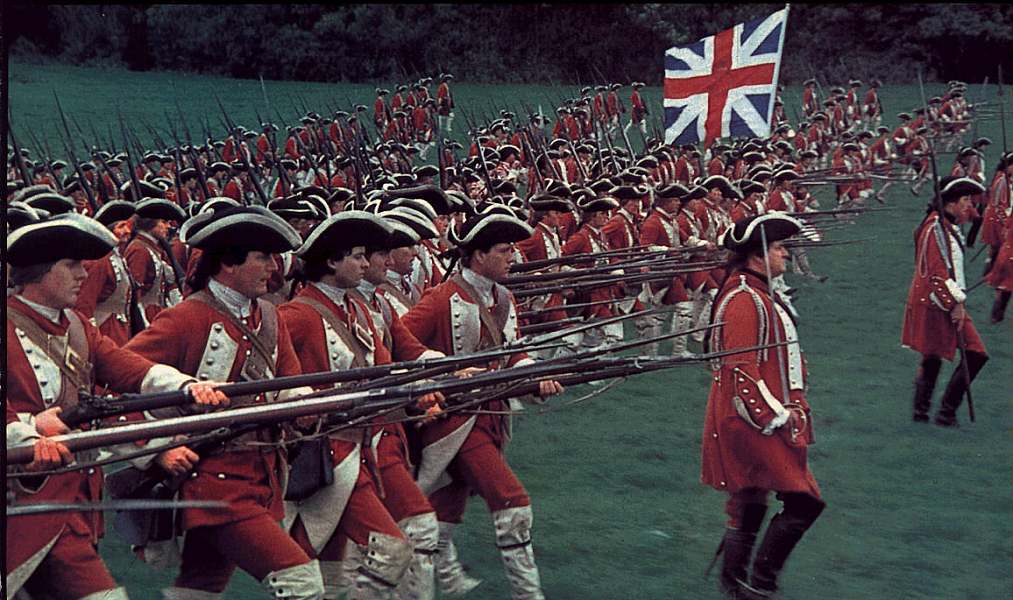
With both the film and the novel Barry Lyndon, Kubrick and Thackeray inverted the concept of the picaresque tale. Originating in 16h century Spain, the picaresque novel was usually a loosely connected bunch of episodes with a carefree protagonist at its core; the prominent examples of this genre being Henry Fielding’s Tom Jones and Joseph Andrews.
In many ways, Thackery’s tale is different from the usual genre, as his protagonist is not a carefree outsider, but a dastardly schemer. Yet, in its far-reaching journey, from Ireland to England to Prussia, it can be seen to embody the picaresque. Kubrick’s adaptation is no different, and his approach gives the film a timeless quality.
Of course we are based within the very real Seven Year’s War — nonetheless, the way in which Kubrick looks at the material gives it a transcendent quality that could almost apply to any man in any place. It is, in many ways, a story of adventure; but Kubrick is keen to stress that no matter where the adventure goes, Redmond Barry often stays more or less the same. In this way it is both like other picaresque tales and a unique work of art in its own right, striking the perfect balance between movement and stasis.
6. Its philosophical insights
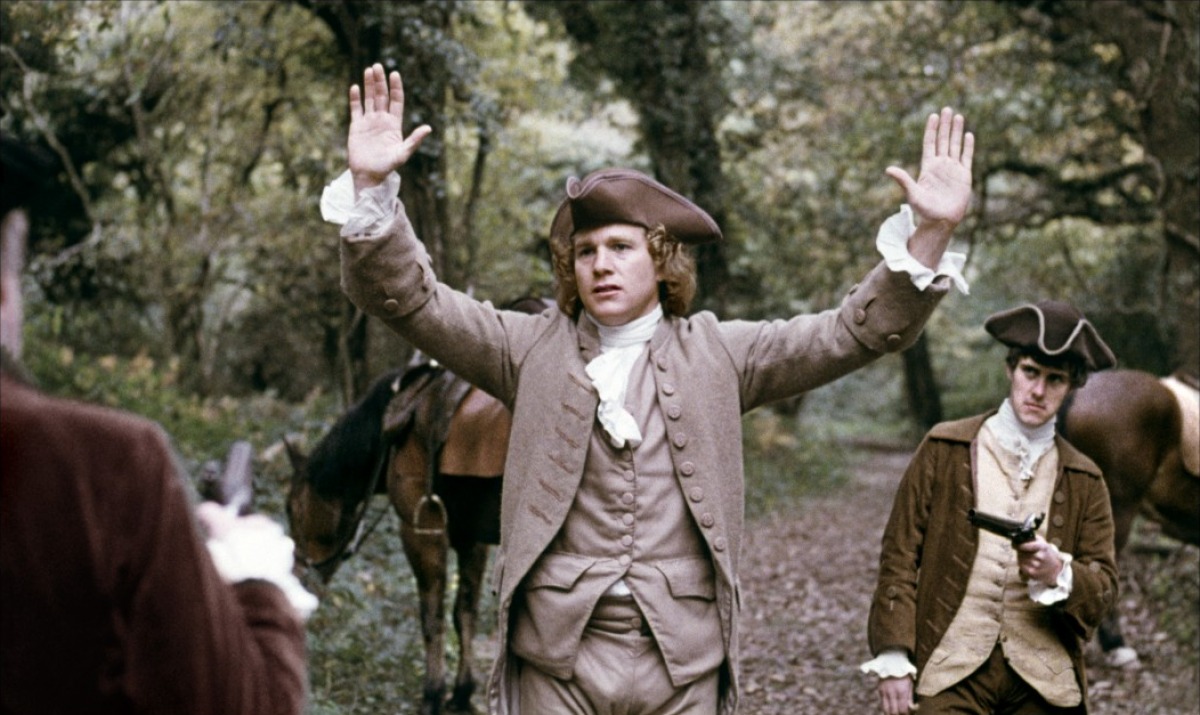
Barry Lyndon is famously based upon a novel without a hero. Barry is an unscrupulous and relentlessly ambitious young individual, with a desire for wealth that overtakes nearly everything else. Much like Alex in A Clockwork Orange, who is deplorable throughout the first half, the pain that he goes through as a result of his conniving later makes him an object of sympathy. But unlike in A Clockwork Orange, Stanley Kubrick provides a much more interesting study of character in Barry Lyndon.
Consider this. The world of the film is one of constant war, yet throughout it all Redmond Barry gives off a vibe of almost complete calm. The only time we see him notably sad is when he loses his son. He is an object of sympathy, a tragic figure, yet due to his blank response to the events surrounding him, he is almost resisting any attempt for the viewer to identify with his plight.
The philosophy of the movie could easily be mistaken for grim determinism or even nihilism; yet there is much more going on than mere fatalism. Instead Kubrick, in not providing any judgement about the proceedings, creates an ambiguous atmosphere that is more starkly existential than anything else.
In that sense, it shows how violence can both create a man — as seen by Barry’s success in the first half of the movie — and destroy him, as seen by his downfall. When looked at with this lens, the film reveals itself to have a very strong moral compass more or less missing from his other works, with the exception of Paths of Glory.
7. The unparalleled mise-en-scène
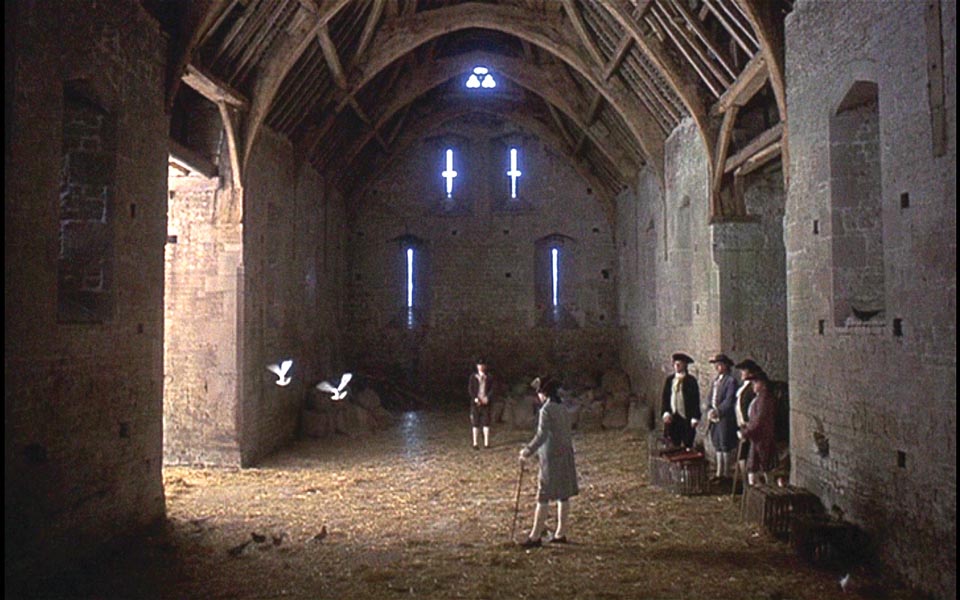
Barry Lyndon took an almost record-beating 300 days to make — only beaten by Kubrick’s own Eyes Wide Shut, which at 400 days, ranks as the longest continuous shoot of all time — and it shows in every aspect of the production.
Everything appears to be in exactly the right place. Kubrick was fixated on getting absolute authenticity for the time he was depicting. He shot by candlelight in cold castles; the permits for filming in required no small amount of legal wrangling. He also studied the paintings of Hogarth, Thomas Gainsborough and John Constable in order to replicate their creations on the screen.
This attention to detail is also complemented by the music, Kubrick spending months scouring all 18th century compositions in order to find the right musical pieces for the time period. The wealth of detail present in the mise-en-scéne here is more in keeping with the novel than the traditional film.
It is no wonder that all the Academy Awards for the film are in the technical departments, with Oscars going towards Best Art Direction, Best Cinematography, Best Costume Design and Best Musical Score. Whilst the film was not initially seen as a critical masterpiece, few could deny its brilliance in all aspects of its production.
Additionally, with the exception of Ridley Scott’s The Duellists, which shares many of the same determinist themes as Barry Lyndon, no film has ever depicted the manner of duelling with quite the same beauty and precision as Kubrick’s movie. There is a clinical manner to the proceedings, like the characters are exhibits in a museum. Only Kubrick could frame scenes like this and still find a way to hold the audience’s interest. Barry Lyndon stands as the apex of his mastery.
Author Bio: Redmond Bacon is a professional film writer and amateur musician from London. Currently based in Berlin (Brexit), most of his waking hours are spent around either watching, discussing, or thinking about movies. Sometimes he reads a book.